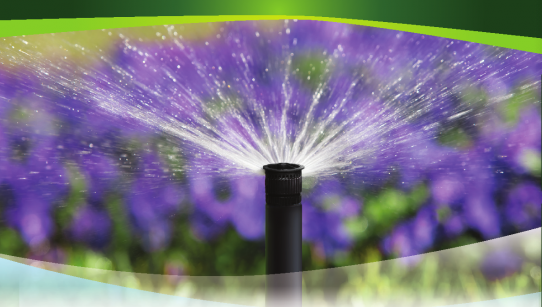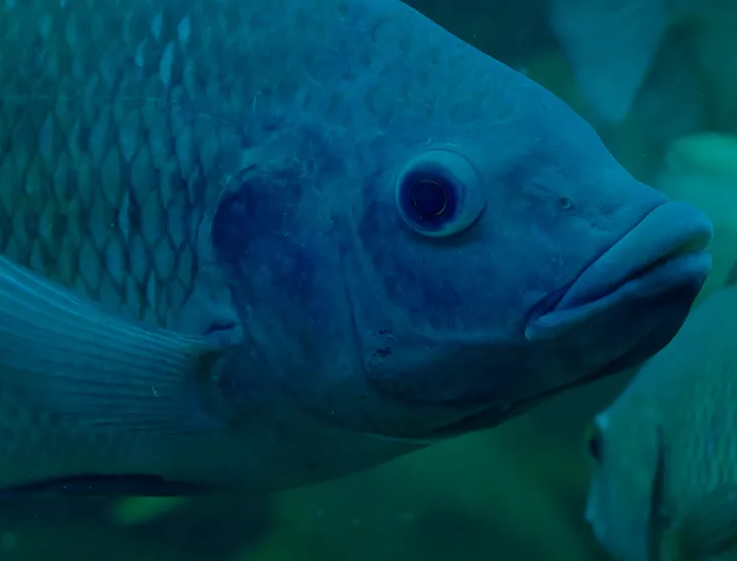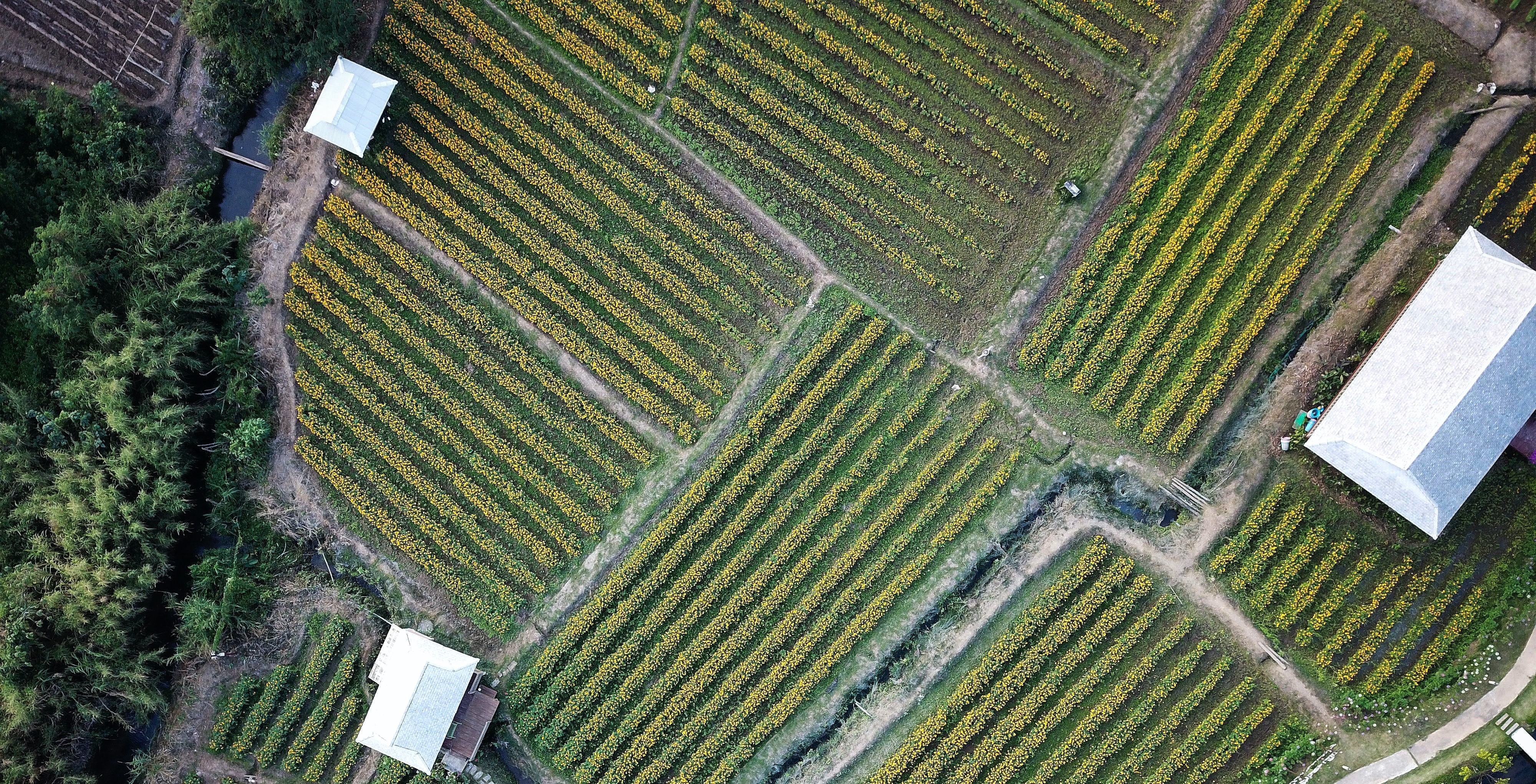Introducing The Basics of a Drip Irrigation System
What are the components of drip irrigation? What are the factors to be considered while designing a drip irrigation system?
WHAT IS DRIP IRRIGATION?
Drip
irrigation is the type of irrigation in which water is applied directly to the
root zone of the plants at frequent intervals and in precise quantity. This
method conserves water and soil while reducing runoff and erosion. Drip
irrigation is the most widely used method of delivering water to plants. It
involves the use of small "pipes" that deliver water directly to
distant locations on a large scale. Drippers are placed either above the soil
surface or buried below the surface.
COMPONENTS OF A DRIP IRRIGATION SYSTEM
The
main components of a drip irrigation system are:
Water
Source
Drip
irrigation can use water from a pond, irrigation canal, groundwater, or public
water supply (such as county or city water) by simply attaching a garden hose
to a normal faucet. High iron levels, which may be present in well systems, are
unsuitable for drip irrigation systems because they clog emitters.
Pumping
System
A
pumping system is used to move the water from the source to the field. Power
sources for pumping systems include electricity, diesel, gas, and even
sunshine. Drip irrigation systems function at low pressure in comparison to
sprinkler and center pivot irrigation systems, allowing even gravity to pressurize
drip lines.
Distribution
System
The distribution system carries the water from the source to the field head by connecting it to a mainline. Any tube, including PVC pipes, with a diameter large enough to provide the appropriate volume of water to the field, can be used as a distribution system.
Mainline
Tubing
Mainline
tubing is flexible tubing typically ½ inch in diameter. In a drip irrigation
system, the mainline tubing usually enters the field at the head and is
attached to drip tape, which enters the field at a 90-degree angle.
Submain
line
Water
is transported from the mainline to the dripline by the submain. Depending on
the size and type of the plot, there may be several Submains from a single Mainline.
Drip
Tape or Drip Tube
The
drip tape or drip tube connects to the mainline tubing. Slits are integrated
into the tube of drip tape which allows water to drop out. Wherever a drip
point is desired, emitters must be put into a drip tube.
Pressure
Regulator
Drip
irrigation is a low-pressure system but most pumps or water systems deliver
well the water pressure required by the drip line. Pressure regulators monitor
the pressure rate in order to keep drip lines from blowing out and leaking
while they are in use.
Filtration
system
The
dirt, sediment, and filth that would clog drip tape lines, micro-sprinklers,
and emitters are removed using filters and screens. Filters are essential if
the water is coming from a stream, irrigation canal, or pond.
Emitters
Emitters
are inserted into the drip tube. Emitters are classified into two.
Non-pressure-compensated
drippers' flow is proportional to pressure; as a result, it is
higher at the beginning of the line than it is at the end. With very long
stretches of driplines, the difference can be significant.
Pressure-compensated
drippers generate a constant flow from the first dripper to the last. This
uniformity provides an even irrigation rate regardless of the dripper’s
position along the line, which in turn allows longer stretches of driplines.
FACTORS TO BE CONSIDERED FOR THE DESIGN OF A DRIP IRRIGATION SYSTEM
Topography
survey of the land
The
slope of the ground and how level or irregular it is is referred to as
topography. Topography survey of the land to be irrigated will help you
determine where emitters should be placed and how they should be laid out. This
will help determine things like slope, water flow, and drainage. In a topography
survey, the measurement is done by tape, chain, or even by coordinates from
google maps.
Agriculture
or crop data
Crop
data such as the type of crop, their size, and other factors such as soil
conditions determine which types of drippers will best suit your needs and how
much water they need to produce. The cost of investing in drip systems could be
high. As a result, it is preferable to save their use for high-value crops like
vegetables, small fruits, and orchard crops rather than using them on staple
crops like wheat and soybeans.
Soil
analysis
The
main constituents of soil are sand, silt, and clay. Soil is further classified
into 14 types. Soil analysis is the process of determining the chemical and
physical characteristics of the soil. It is used to determine the suitability
of soil for a particular use, such as growing crops or building on.
Water
analysis
Water
analysis gives us information about water's chemical, physical and biological
properties. It is used to determine the suitability of the water for drip irrigation.
Water
Sources are bore, open well, rivers, canals, and water tanks. Filtration Systems
are based on water quality. Filtration systems are classified into hydro
cyclone filter, sand separator, sand filter, and screen & disc filter.
The
climate of the place
Determine
the climate of the place you are installing the system, rainfall, irrigation
needed, frost period, etc., all this helps in deciding, pipe size and type,
where and how deep to lay pipes, and how many emitters per plant are required
Power
available
Drip
irrigation systems can be powered by electricity from either an electric pump
(which draws power from a wall outlet) or any other source such as solar panels
on your roof or wind turbines in your backyard.
Flow
rate
The
water flow rate is undoubtedly one of the factors that must be taken into
consideration when it comes to irrigation. Either liters per minute or cubic meters
per hour are used to calculate the flow rate. The amount of water that an
emitter can distribute while operating at a given pressure is known as the
working flow rate.
HYDRAULIC FLOW THEORY OF DRIPPERS
The
3 types of flow through a dripper are laminar, turbulent, and vortex flow.
Laminar flows are smooth and streamlined, whereas turbulent flows are irregular
and chaotic (e.g., Zig-zag flow). Laminar flow does not require pressure
compensation but the turbulent flow is chaotic and hence, requires pressure compensation.
Vortex flow means the rotational or circular motion of a liquid.
After
reading this article, you should be able to understand what is drip irrigation.
You might also get an idea of the major components of a drip irrigation system
and the factors to be considered while designing a drip irrigation system.











No comments yet